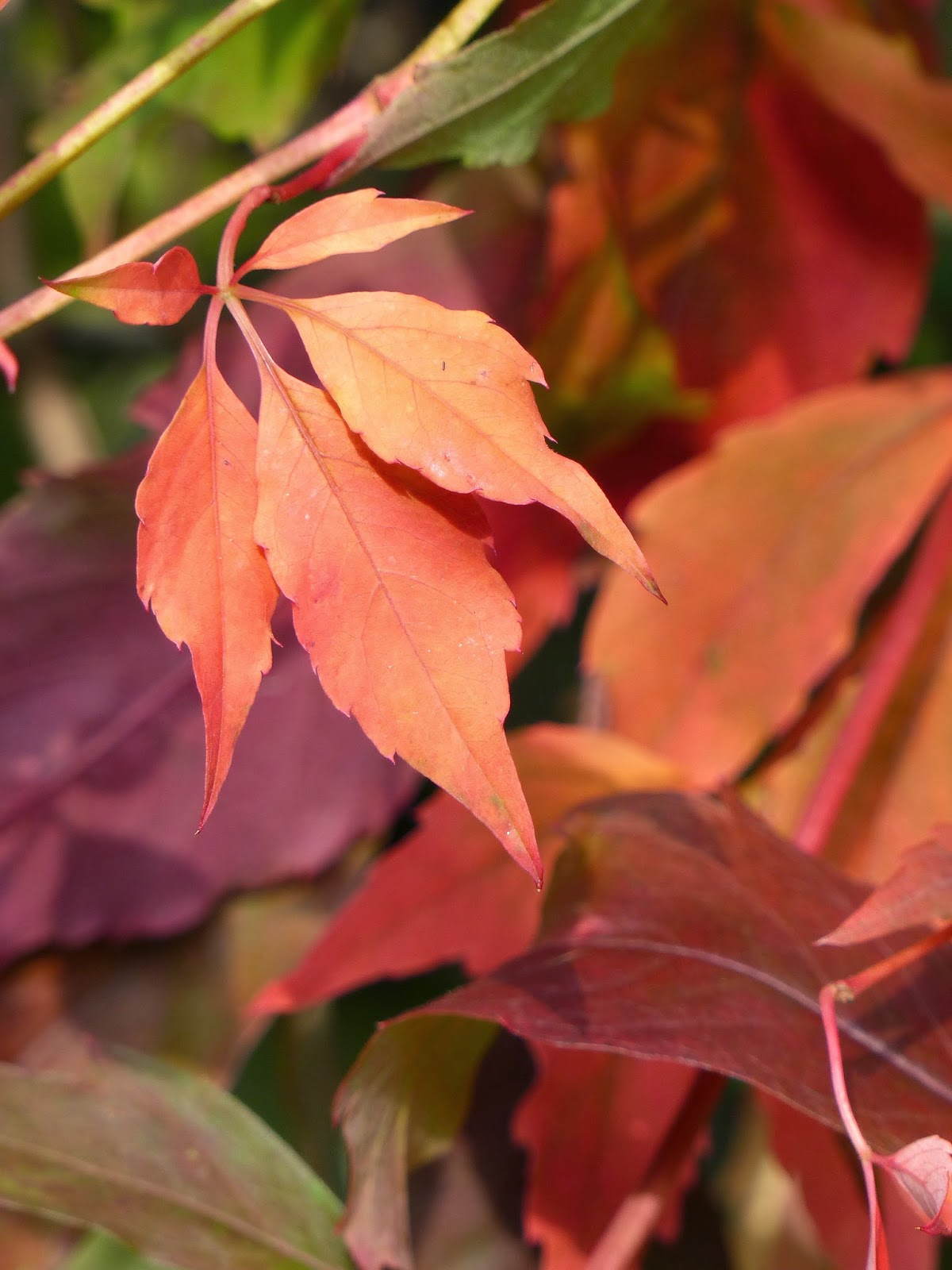Brownies were very simple cameras and followed a similar process to the Box camera. The process of taking a photograph using a Brownie camera went as follows: the shutter is opened to allow light, that has been reflected by the object being photographed, to pass into the lens. To let in more light, the shutter is kept open for longer and vice versa. Once the light has passed through the lens an image of the object is formed on the light sensitive paper at the back of the camera. This image is inverted, similarly to how our eyes invert images on our retinas. The image is then developed using specific chemicals to form the final photograph.
I found Brownie cameras very interesting to research as they are very simple yet effective cameras and appear to be very influential in everyday photography. They also seem to be very nostalgic items that played a large part in the idea of recording visual memories. I love the simplicity of Brownie cameras too as so often nowadays cameras overly complicated. Clearly, they were a huge success not only in the photography world but also in the everyday life of consumers.
Bibliography: https://nationalmediamuseumblog.wordpress.com/2012/10/26/a-z-photography-collection-b-is-for-brownie/
http://www.brownie-camera.com/articles/petelutz/article.shtml



